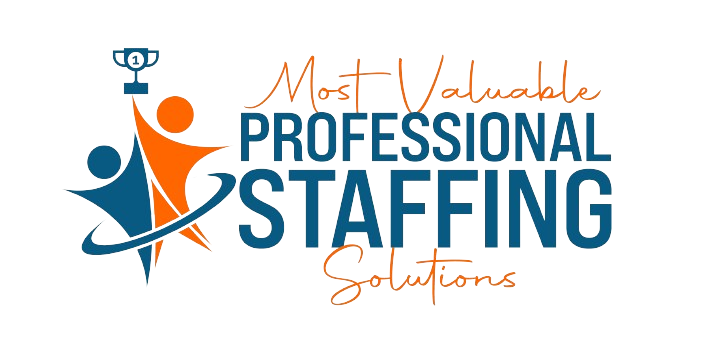Diversity and inclusion have become buzzwords in the world of recruitment, and for good reason. Research shows that diverse teams are more innovative, productive, and profitable. But building a diverse workforce goes beyond checking boxes—it requires intentional efforts to attract, hire, and retain talent from underrepresented groups. In this comprehensive blog, we explore actionable strategies for promoting diversity and inclusion in recruitment, from implementing blind resume screening to fostering a culture of belonging.
Introduction
In today’s competitive business landscape, diversity and inclusion have emerged as critical components of organizational success. Research consistently shows that diverse teams outperform homogenous ones, bringing fresh perspectives, creativity, and innovation to the table. In this blog, we’ll delve into the importance of building a diverse and inclusive workforce and discuss practical strategies for achieving this goal in your recruitment process.
Understanding Diversity and Inclusion
Before implementing diversity initiatives, it’s essential to understand what diversity and inclusion truly mean. Diversity encompasses differences in race, ethnicity, gender, sexual orientation, age, ability, and more, while inclusion refers to creating an environment where every individual feels valued, respected, and empowered to contribute their unique perspectives. By fostering a culture of diversity and inclusion, organizations can attract top talent, enhance employee engagement, and drive business success.
Actionable Strategies for Recruitment
Implementing diversity and inclusion initiatives starts with the recruitment process. From job postings to interview panels, every step of the hiring journey presents an opportunity to promote diversity and inclusion. Strategies such as blind resume screening can help mitigate unconscious biases and ensure a level playing field for all candidates. Additionally, partnering with diverse recruitment agencies, attending diversity-focused career fairs, and leveraging inclusive language in job descriptions can help attract a diverse pool of candidates.
Fostering Inclusive Workplace Cultures
Recruitment is just the beginning—organizations must also focus on fostering inclusive workplace cultures that empower employees to thrive. Providing diversity training for hiring managers and employees, establishing employee resource groups (ERGs) for underrepresented communities, and implementing inclusive policies and practices are essential steps in creating a workplace where diversity is celebrated and inclusion is the norm.
Conclusion
Building a diverse and inclusive workforce isn’t just the right thing to do—it’s also good for business. By embracing diversity and inclusion in recruitment, organizations can tap into a broader talent pool, drive innovation, and create a more engaged and productive workforce. With intentional efforts and a commitment to change, every organization can play a role in building a more diverse and inclusive future.
